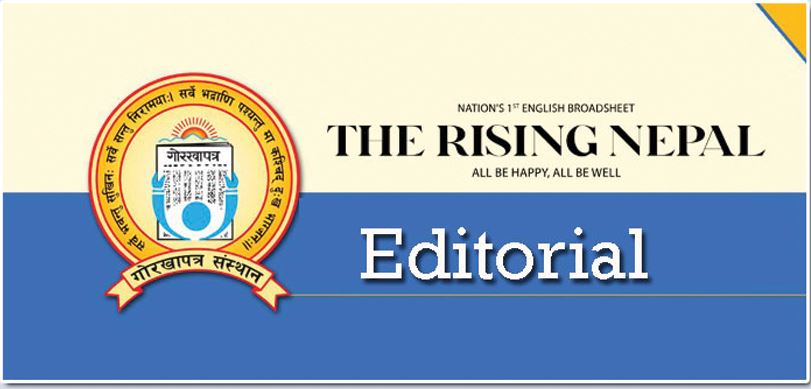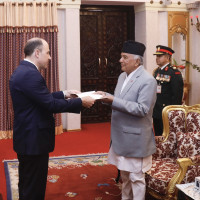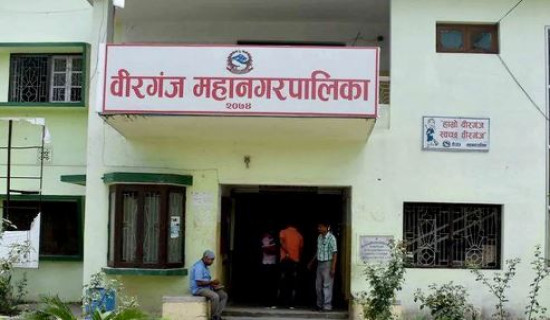- Tuesday, 24 June 2025
Export Trade Prospects
For many Asian countries, exports have been a path to prosperity. Japan, South Korea and China are a few examples among them. By grounding their economy on an export model, they have been able to miraculously transform their nations. Nepal has a lot to learn from their examples if we are to see such a game-changing development we have long yearned for. Some recent news has raised the possibility of such a prospect. According to a news report carried by this daily on Monday, Nepal's export sector has achieved a historic milestone with the highest-ever export value of nearly Rs. 250 billion in the first 11 months of the current fiscal year 2024/25 – an increase of 77.77 per cent from Rs. 139.26 billion during the same period last fiscal year.
The surge in export of edible oil marks a significant development in the country's external trade, underpinned by increased shipments of processed edible oils, particularly soybean and sunflower oils. While this marks a positive trend, experts caution that this growth is heavily reliant on the export of processed edible oils derived from imported crude rather than domestically produced goods. They argue that this export is merely a re-export and contributes negligibly to adding value to the economy. Another problem with such exports is that they are vulnerable to policy change by India, the export destination of these oils, raising the question of their market sustainability.
During that period, the country also exported tea and coffee worth Rs. 4.3 billion, carpet worth Rs. 10.8 billion, cardamom worth Rs. 7.19 billion, yarns worth Rs. 12.89 billion and woollen felt worth Rs. 4.6 billion. These items are entirely produced and processed in our soil, adding significant value to the economy. Decisive steps should be taken to expand the potential of their export.
At the same time, the country's trade deficit has increased due to the higher volume of imports than exports. The country imported goods worth Rs. 1,644.79 billion during that period, an increase of 13.15 per cent from the same period last year. The trade deficit increased by 6.30 per cent to Rs. 1,397.22 billion. The share of exports in the total foreign trade is a meagre 13.08 per cent, while that of imports is at a whopping 86.92 per cent. These are not mere statistics, but a reminder that we have a lot to do if we are to substantially ramp up our exports.
But here's a reason to be optimistic: the sweeping tariffs unleashed by US President Donald Trump on goods entering that country from many countries recently have presented new opportunities to open up the country to foreign direct investment, economists have argued. With only a 10 per cent tariff, goods from Nepal are still said to be significantly cheaper than those made in major exporters like India, Sri Lanka, Pakistan, Vietnam and China, among others. They also suggest Nepal should make use of two levers at its disposal: a weak currency and cheap labour costs, both of which make finished products economically competitive.
If that is really the case, Nepal should strategically utilise them to its advantage. A former president of the GAN has asked that the government remove existing hurdles to production and export, as well as ensure domestic production of raw materials and increase productivity, if the country is to cash in on this newfound opportunity. That voice should be heeded and necessary steps taken.

















